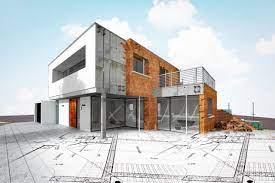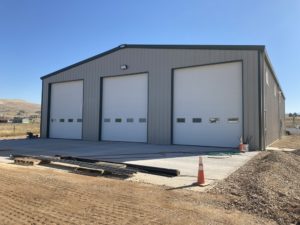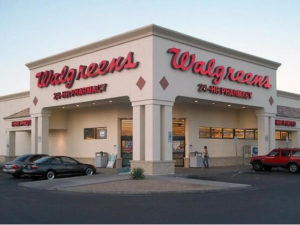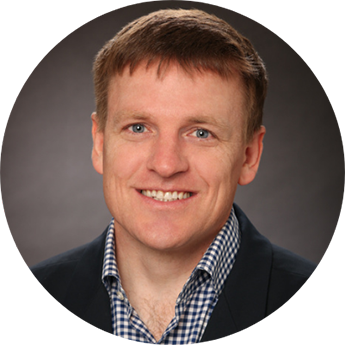Have you ever driven around Montana and seen a “build-to-suit” sign on a piece of land and wondered what it meant? Why you should care?
Are you tirelessly searching for the perfect commercial space for your business, facing an uphill battle finding a building that works? If so, the concept of build-to-suit should pique your interest.
Is the availability of excess capital for constructing a tailor-made building for your business proving elusive? In that case, a build-to-suit may be the right answer.
Do you find yourself with a window of 15-24 months before the need for new space arises? Well, then it’s time to delve into the world of build-to-suit.
Now, let’s explore what a build-to-suit entails.
A Build-to-Suit (BTS) arrangement occurs when a commercial property tenant collaborates with a developer or landowner to create a customized facility for lease. Upon completion, the tenant typically becomes the sole occupant, dictating the design to meet their specific business needs.
Noteworthy establishments like Walgreens, standalone Starbucks, and numerous single-occupant office or warehouse buildings often emerge as outcomes of build-to-suit projects. If industry giants like Starbucks, Amazon, and Walgreens are embracing build-to-suit initiatives, there must be compelling reasons. Read on to uncover why.
How does this process unfold?
Build-to-suit development involves the simultaneous negotiation of a lease and a construction contract. Before delving into the advantages and disadvantages, let’s outline the typical structure and timeline of these projects.
BTS developments generally operate in two forms:
1) Developer Route: The growing company enlists a commercial broker to present their deal to commercial developers. The developer offering the most favorable terms then takes on the responsibilities of land acquisition, building construction, and property management. The tenant subsequently leases the completed property from the developer, typically for a tenure exceeding 10 years.
2) Sale/Leaseback Route: In this scenario, the tenant takes on the initial responsibilities of land acquisition, financing, and hiring a general contractor for construction. Upon completion, an investor acquires the building, with the original tenant remaining as the sole occupant. This allows the tenant to recoup their acquisition capital for reinvestment into their business.
What characterizes a typical Build-to-Suit timeline? Let’s delve into the advantages and disadvantages of this approach:
Advantages of Build-to-Suit:
1. Capital Freedom: Developers often secure equity and debt for the project, freeing up capital for the tenant’s business growth.
2. Customized Design: The building is tailored precisely to the tenant’s needs, accommodating existing requirements and future growth prospects.
3. Financial Benefits: If the company yields better than 10-12% on its deployed capital, being a build-to-suit tenant can be more lucrative than tying up capital in ownership.
4. Tax Deductibility: Rent for the tenant is usually fully tax-deductible, though consulting with legal and financial professionals is advised.
Disadvantages of Build-to-Suit:
1. Extended Timeframe: The overall duration of a build-to-suit project can extend to 15-24 months or longer.
2. Lease Commitment: Long-term leases may be viewed as a drawback if growth and contraction options aren’t flexible.
3. Cost Factor: New construction, including build-to-suit, comes with a high price tag, reflected in higher lease rates.
4. Creditworthiness Requirement: Tenants must demonstrate creditworthiness for a build-to-suit arrangement.5. Forecast Precision: Accurate forecasts of future growth are mandatory to ensure that the design and construction meet the tenant’s evolving needs.
Examples of Build-to-Suit in Montana





Engaging in a build-to-suit development deal offers solutions to a range of space-related challenges for commercial tenants. When contemplating real estate expansion needs, consulting an experienced commercial real estate broker becomes crucial. Engaging with industry professionals allows businesses to focus on their core operations while entrusting the development process to an experienced project management team.
Sign up for more Montana commercial real estate intel.
"*" indicates required fields



